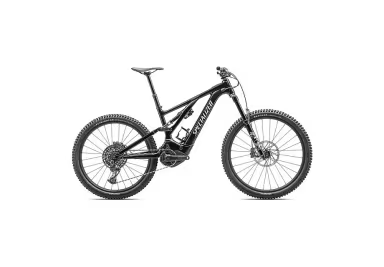The new Tarmac is crafted for speed, and there's no doubt about it; however, it offers much more than just exceptional aerodynamics. Featuring a lightweight, Rider-First Engineered™ frame, it provides optimal ride characteristics across various sizes. Whatever your aspirations may be with the new Tarmac—whether personal records, King of the Mountains, or podium finishes—this bike is equipped to help you achieve those goals, making it a versatile choice.
Equipped with the new Shimano 105 Di2 12-speed group, which brings electronic shifting within reach for many, along with Turbo Pro 700x26mm tires for speedy rolling, this Tarmac offers impressive performance at a more accessible price.
While aerodynamics were a crucial factor in the Tarmac's design, weight played an equally important role in creating the ideal race bike. Traditionally, "aero bikes" compromised on weight—reducing drag often meant increased weight. With the new Tarmac, we aimed to keep it at or below the UCI weight limit from the beginning, without sacrificing aerodynamics. Utilizing the FreeFoil Shape Library, isotopic FEA analysis, and innovative engineering from top experts, we achieved a frame weight of just 920 grams while maintaining superior aerodynamics, stiffness, and ride quality.
In our ongoing pursuit of the perfect race bike, we applied our Rider-First Engineered™ approach to ensure the new Tarmac offers the best balance and handling, regardless of size. Collaborating with elite test riders from our three World Tour Teams—Boels-Dolmans, Deceuninck-Quick-Step, and Bora-hansgrohe—we refined the Tarmac based on their extensive road experience. We improved the ride quality between the front and rear, ensuring even the longest rides remain comfortable without compromising the Tarmac’s renowned handling and racing responsiveness.
Building on insights from the Venge, the new Tarmac features streamlined integration for a clean, aerodynamic cockpit that is user-friendly. We enhanced the routing for various setups—mechanical shifting, traditional stems, round bars, etc.—while maintaining its aerodynamic advantages. This design not only simplifies maintenance but also makes it easier to transport. It's a win-win situation.










